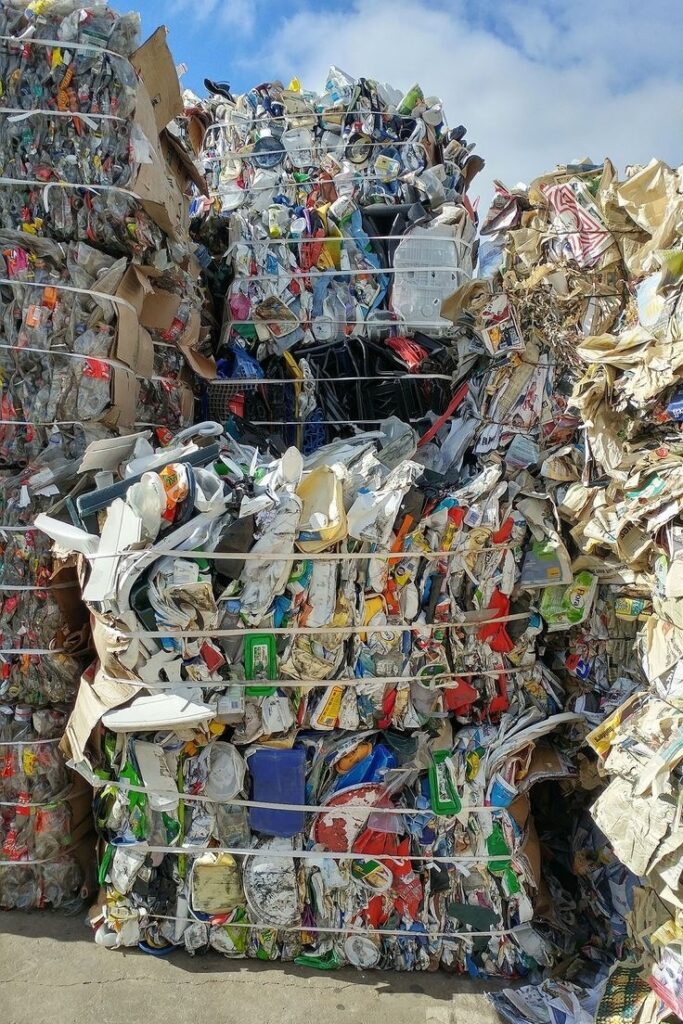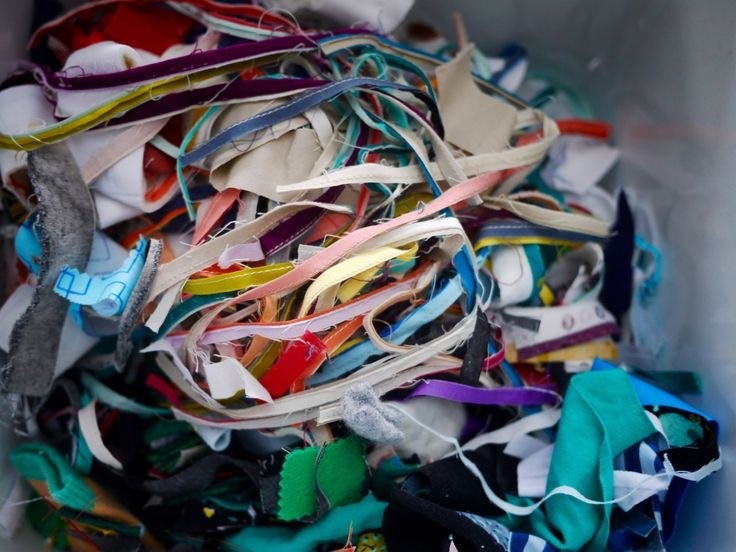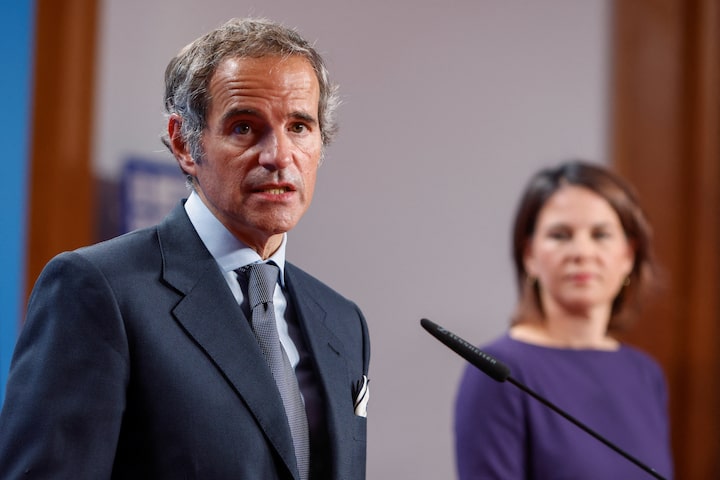The realm of fashion, renowned for its rapid cycles of trends and continuous evolution, confronts a formidable obstacle: sustainability. Recent times have brought heightened attention to the industry’s ecological footprint, particularly its significant contribution to textile waste. Yet, amid this concern, a ray of optimism emerges in the form of textile recycling and up cycling, signalling the dawn of an era embracing conscientious fashion practices.
Textile waste poses a serious threat to the environment. Millions of tonnes of clothing are dumped into landfills each year, which seriously contaminates the environment and deteriorates it. Fast fashion’s pervasive “wear and discard” mentality makes matters worse by designing clothes with a fleeting purpose in mind, which leads to an alarming rate of disposal.
But the concepts of up cycling and recycling offer themselves as revolutionary responses to this dilemma. Recycling is the process of converting old textiles into raw materials that can be utilised to make new apparel or other goods. The art of up cycling, on the other hand, involves turning waste materials into more valuable products by giving them a second chance at life.

Technological progressions have sparked a transformation in textile recycling. Novel techniques have emerged, enabling the conversion of discarded apparel into fresh fibres, thereby diminishing the dependence on pristine resources. Ranging from mechanical processes, involving fibre shredding and re-spinning, to chemical methodologies that disassemble fabrics into their elemental components for new textile production, these approaches highlight the industry’s potential for sustainable progression.
Moreover, the emergence of programmes and businesses dedicated to textile recycling—which involves gathering, classifying, and processing unwanted apparel—has sparked a significant change. Companies are using more and more recycled materials into their product lines to demonstrate their commitment to eco-friendly practises and reducing their environmental impact.
Up cycling functions as a twofold catalyst, bringing life back into textiles that have been thrown away while also encouraging creativity and sustainability. This philosophy has been fervently adopted by designers and talented craftspeople, who have transformed discarded textiles into unique, unmatched artworks. Whether up cycling is turning worn-out jeans into stylish jackets or creating eye-catching accessories out of extra fabrics, it honours creativity while reducing waste.
The appeal of up cycling is its ability to redefine the value of used clothing. Every masterpiece that has been up cycled tells a story, creating a strong connection between customers and their clothing. It fosters appreciation for the craftsmanship that goes into each piece, moving away from the culture of disposability and towards mindful consuming habits.
Although up cycling and recycling textiles are encouraging first steps towards a future of sustainable fashion, their success depends on group effort. To maximise their effect, brands, consumers, and politicians need to work together. Customers can choose to support brands that are dedicated to recycling and up cycling by making sustainable fashion selections.

Moreover, brands play a pivotal role by integrating these practices into their supply chains, investing in research and development for innovative recycling technologies, and fostering transparency about their sustainability efforts. Government policies advocating for eco-friendly practices and incentivising recycling initiatives are equally crucial in fostering a sustainable fashion ecosystem.
A circular fashion economy, which reduces waste, conserves resources, and places a premium on sustainability, depends heavily on textile recycling and up cycling. This revolutionary change necessitates moving away from the “take-make-dispose” linear model and towards a circular strategy that continually reuses, regenerates, and repurposes materials.
Finally, up cycling and recycling of textiles are fundamental components that are essential to the fashion industry’s transition to sustainability; they go beyond fads to become essential pillars. They represent the union of creativity and responsibility, offering a path forward for a more aware and ecologically conscious fashion business.
Now is the moment for the fashion industry to fully embrace this disruptive potential. Let’s welcome a new age in which every piece of clothing tells a story of renewal, in which trash becomes art, and in which fashion is sustainable and has a purpose.
Sources
- https://www.researchgate.net/publication/371366137_UPCYCLING_IN_FASHION_AND_TEXTILE
- https://www.texspacetoday.com/upcycling-innovation-empowers-future-of-fashion-sustainability/#:~:text=More%20than%2074%25%20of%20discarded,for%20both%20brands%20and%20consumers.
- https://www.redressdesignaward.com/academy/resources/guide/upcycling#:~:text=The%20principle%20of%20upcycling%20is,turning%20them%20into%20new%20designs.
- https://www.hilarispublisher.com/open-access/sustainable-fashion-through-recycling-and-upcycling-93917.html




